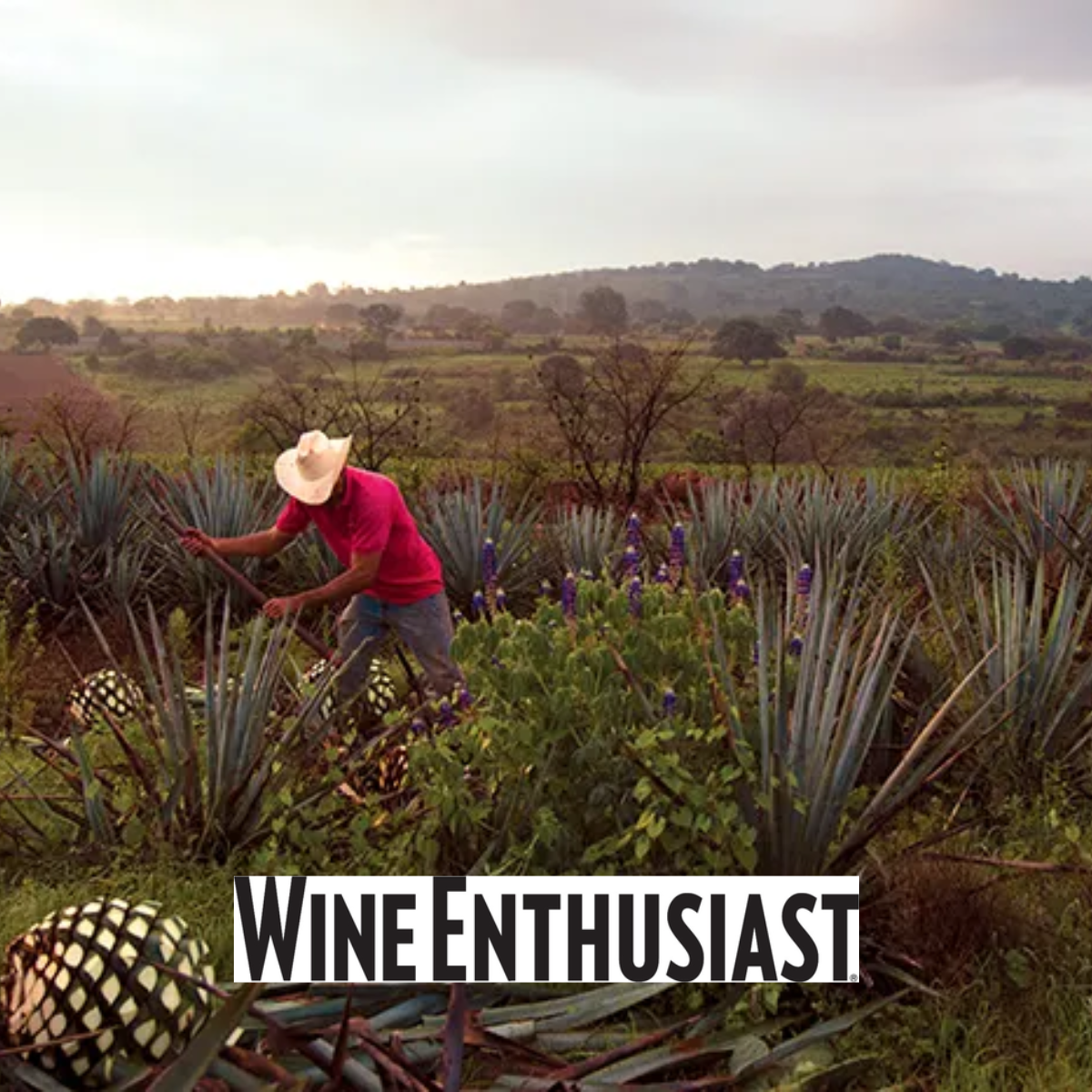Traveling Down the Tequila Trail
Out in the field, the vast rows of spiky, silver-green agave plants shimmer against the morning light. In the distance, the dark silhouette of a mountain is plainly visible. The locals call it “El Volcán de Tequila.” The Tequila Volcano.
This is where Tequila is born—not in the bars or on the bottling lines, but out in the fields, where the sword-like agave leaves stretch toward the sun.
Much like fine wine, Mexican Tequila emphasizes the raw material from which the spirit is made, blue Weber agave.
Some agave grows in Jalisco’s lowland valley region, in view of the long-dormant Tequila Volcano, where the volcanic soil imparts an earthy, herbaceous character. Agave also thrives in the highlands farther east, in Los Altos, which sits 7,000 feet above sea level. Here, hot days and cool nights give the agave more fruity and floral notes.
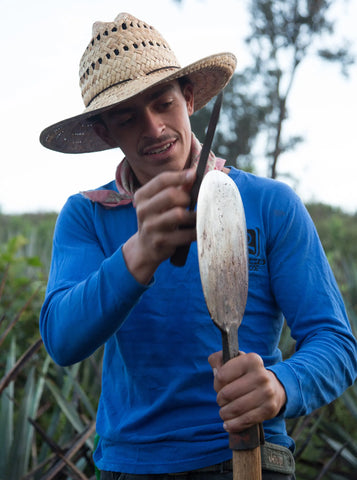
Sharpening a shovel-like tool called a coa that’s used to dig up the agave roots / Photo by Penny De Los Santos
Except for single-estate Tequilas, most producers use a mix of agave from both the highlands and lowlands.
Across the border, Americans are consuming more Tequila than ever. According to the Distilled Spirits Council of the U.S., its growth rate trails just whiskey, driven by high-end, aged Tequilas and more Tequila-based cocktails.
Mexico’s agave fields may seem far away, but our beloved margaritas and Palomas wouldn’t be the same without them.
How Tequila is Made
Whether born in the highlands or lowlands, agave plants grow for a long time, usually between six and 12 years, before they’re harvested for Tequila.
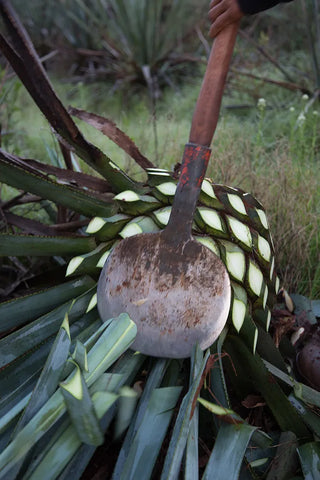
The sharp, spiky leaves of the agave being sheared away / Photo by Penny De Los Santos
The Harvest: Jimadores (farmers) dig up the root using a sharp, shovel-like tool called a coa. The jimador first uses the coa as a lever to pry the plant from the ground. Then, the coa’s razor-like edge is used to shear away the spiky leaves and expose the white heart of agave, marked by green crescents where the leaves once sat. It resembles an oversized pineapple, which is why agave hearts are called piñas.
The piñas are then delivered to distilleries. How the agave hearts are processed varies by producer and can make a tremendous difference in a Tequila’s flavor.
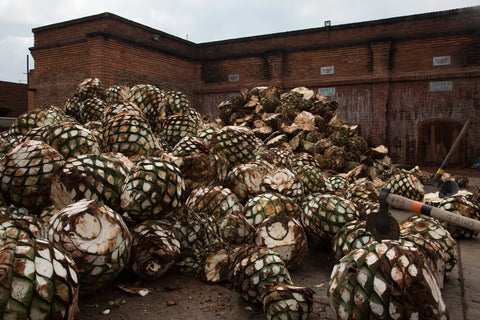
Agave hearts, or piñas, after being harvested / Photo by Penny De Los Santos
Cooking/Pressing: At the distillery, the piñas are halved or quartered. The pieces may be pressed for juice (“fresh pressed”); cooked in a steam oven and then pressed, often using a stone called a tahona; or shredded in a mill. At this point, the agave develops underlying flavors that range from honey or brown sugar to deeper, earthier notes like sweet potato, molasses or tamarind.
Fermentation: The agave is moved to a wooden or steel fermentation tank, where it’s combined with yeast. Some producers use wild yeasts, while others opt for commercial or carefully protected proprietary strains. It ferments in these tanks for three or four days.
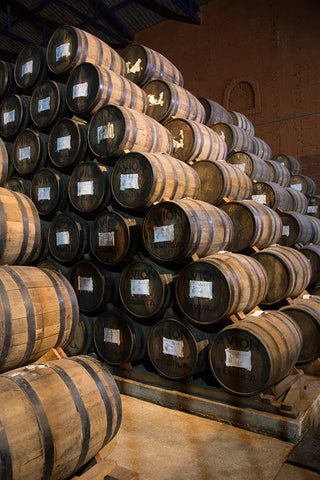
Avión Tequila aging in barrels / Photo by Penny De Los Santos
Distillation: Some distillers use copper stills, while others employ less expensive steel stills either lined with copper, or with copper elements inside. Both pot stills and column stills can be used. Most Tequilas are distilled twice. By this point, it has transformed into a lighter, more nuanced spirit, where it shows fruity, floral or herbaceous notes on top of the honey-like core.
Aging: While blanco Tequilas are unaged or minimally aged (see sidebar), other Tequila expressions are funneled into barrels, often ones that previously housed Bourbon. There, they rest for months or years before the Tequila is bottled. As with other spirits, time in the barrel equals layers of vanilla, caramel and spice.
A Quick Guide to Tequila Expressions
Depending on how long a Tequila is aged, this is what it will say on the label.
Blanco: Unaged, or aged less than two months
Reposado: Aged from two to 12 months
Añejo: Aged for a minimum of one year
Extra-Añejo: Substantially aged; the youngest Tequila must be aged a minimum of three years
Cristallino: A new, not-quite-official category; usually, a sweetened añejo Tequila with the color filtered out
Recommended Tequilas
Here are five bottlings to seek out that span the full range of Tequila expressions.
Partida Añejo; $50, 95 points. Hitting all the right notes, this 18-month-aged añejo melds tropical fruit and fresh-cut apple with silky vanilla and agave nectar. It finishes on a brisk peppery-cinnamon note. abv: 40%
